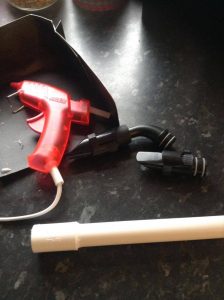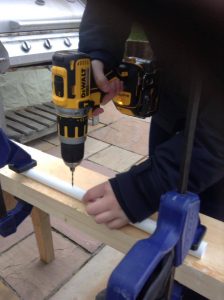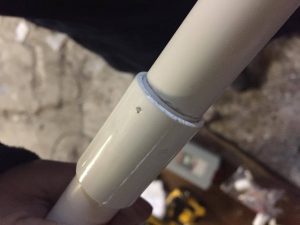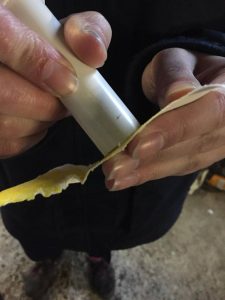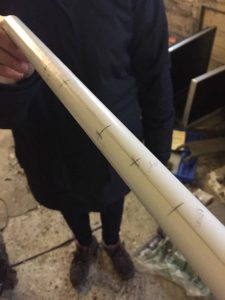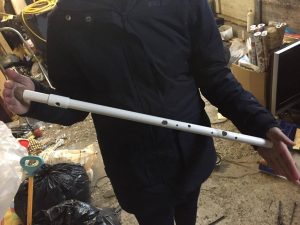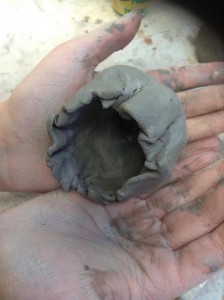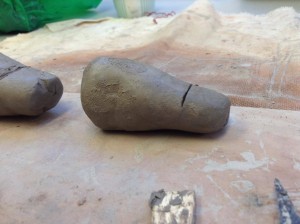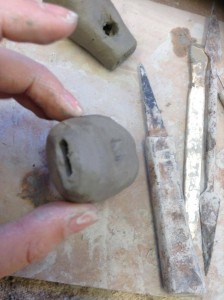Once all the instruments were complete I decided to evaluate how well they played etc. As I am not a flute play I asked a friend to play the flutes and compare to a typical flute.
Here is a sound sample of the plastic flute:
Here is a sound sample of the copper flute:
From this, I learn that the plastic was easier to play as the embouchure hole was in the right place and the lip plate made it a lot easier to make a sound with. The finger holes were ok although it was rather hard to cover them.
Whereas with the copper flute the embouchure hole was in an awkward place, this made it hard to produce the sound where as the fingers holes were more comfortable on this flute.
The tuning these two instruments weren’t my main concern as I wanted to learn how the instrument is made and how it produces sound, because of this I followed a method which told me the hole placement and sizes. Because of this, the instruments was able to produce several notes.
As I am able to play the saxophone I was able to play the experimental instrument.
Here is a sound sample:
Most of the finger positioning is comfortable it’s just the thumb hole which isn’t aligned with the rest. There were no also noticeable air leaks on this instrument so it was fairly easy to play. The main problem was that I wasn’t able to tune the whole instrument as the notes became unplayable past a certain point, I wasn’t able to find out why this happened but I think it could of related to the material used and the size of the tubing used.
